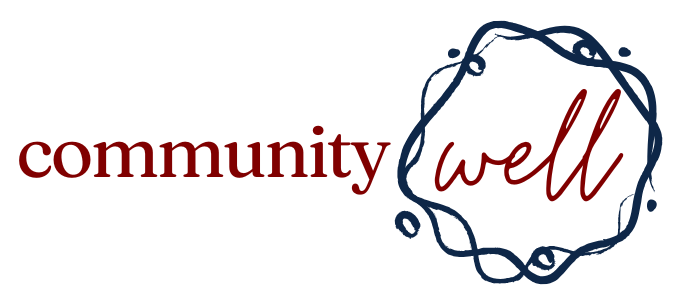Resources
Acupuncture
Acupuncture is part of the ancient practice of Traditional Chinese medicine (TCM) which believes that the body’s vital energy, called qi (pronounced chi), flows along specific channels or meridians. Acupuncturists believe the human body has more than 2,000 acupuncture points linked through the various meridians. The use of acupuncture on certain points within the meridians is believed to improve the flow of blocked or stagnant qi, improving overall health.
Ayurveda
Ayurveda is a whole-body (holistic) system of medicine that began in India more than 3,000 years ago. Ayurveda means the study of life. It takes a natural approach to all aspects of health and well-being. Ayurveda mostly uses nutrition, lifestyle changes, and natural treatments. These are used to support balance and a return to health.
Botanical Medicine
Botanical medicine, also called herbal medicine or phytomedicine, refers to using a plant’s seeds, berries, roots, leaves, bark, or flowers for medicinal purposes. It is used to treat many conditions, such as allergies, asthma, eczema, premenstrual syndrome, rheumatoid arthritis, fibromyalgia, migraine, menopausal symptoms, chronic fatigue, and irritable bowel syndrome, among others.
Cupping
Cupping therapy, also known as myofascial decompression, can be traced back to ancient Egyptian, Chinese, and Middle Eastern cultures. Cupping involves placing cups (made of glass, plastic, bamboo or ceramic) on the skin to create suction. A recent review of the treatment describes cupping as a treatment that can strengthen the body’s resistance, restore balance between positive and negative forces, remove disease-causing factors, and promote blood circulation.
Forest Bathing
Forest bathing, also known as shinrin-yoku in Japanese, is a therapeutic practice that involves being immersed in nature to improve health and well-being. Trained forest therapy guides help participants engage in activities that help them experience the natural environment with all of their senses. One study found that people who walked in the forest twice a day for two hours (so, four hours of walking a day) had greater levels of cancer-killing proteins and immune cells.
Manual Medicine
Manual medicine gives therapeutic benefit as well as emotional support to the patient. The various methods overlap with chiropractic, osteopathic, and massage therapy. Patients suffering with myofascial pain, low back pain, and cervicogenic pain can experience significant relief from manual medicine techniques. Many residency programs in physical medicine and rehabilitation (PM&R) incorporate some form of manual medicine teaching, and for many years the American Academy of Physical Medicine and Rehabilitation (AAPM&R) has incorporated educational sessions with hands-on training in the use of manual techniques.
Moxibustion
Moxa, Artemisia argyi, also known as mugwort, is a Compositae Artemisia perennial herb. It is used as a form of heat therapy to warm and invigorate the flow of Qi in the body and dispel certain pathogenic influences.
Reflexology
Reflexology is a technique that applies gentle pressure to your feet or hands. It aims to bring about a state of relaxation and help the body’s own healing process.
Reiki
Reiki is a complementary health approach in which practitioners place their hands lightly on or just above a person, with the goal of directing energy to help facilitate the person’s own healing response. It’s based on an Eastern belief in an energy that supports the body’s innate or natural healing abilities.
Sauna
Sauna bathing is a form of passive heat therapy that is characterized by exposure to high environmental temperature for a brief period. While many people might think that sitting in a sauna is only good for relaxation, a growing body of research suggests that regular sauna use may actually offer some impressive health benefits, too.
Somatic Massage
Somatic therapy explores how the body expresses deeply painful experiences, applying mind-body healing to aid with trauma recovery.
Sound Therapy
Sound has been used successfully to alleviate symptoms caused by many conditions, including anxiety, PTSD, dementia, cancer, behavioral and psychiatric disorders, and much more. It helps lower stress, blood pressure, cholesterol levels, and the risk of heart conditions such as artery disease and stroke, whilst improving sleep quality and overall well being.
Writing / Art Therapy
Through integrative methods, art therapy engages the mind, body, and spirit in ways that are distinct from verbal articulation alone. Kinesthetic, sensory, perceptual, and symbolic opportunities invite alternative modes of receptive and expressive communication, which can circumvent the limitations of language. Visual and symbolic expression gives voice to experience and empowers individual, communal, and societal transformation.
Are there any services missing that you would like Community Well to offer our community? Please fill out the form with your suggestions.
